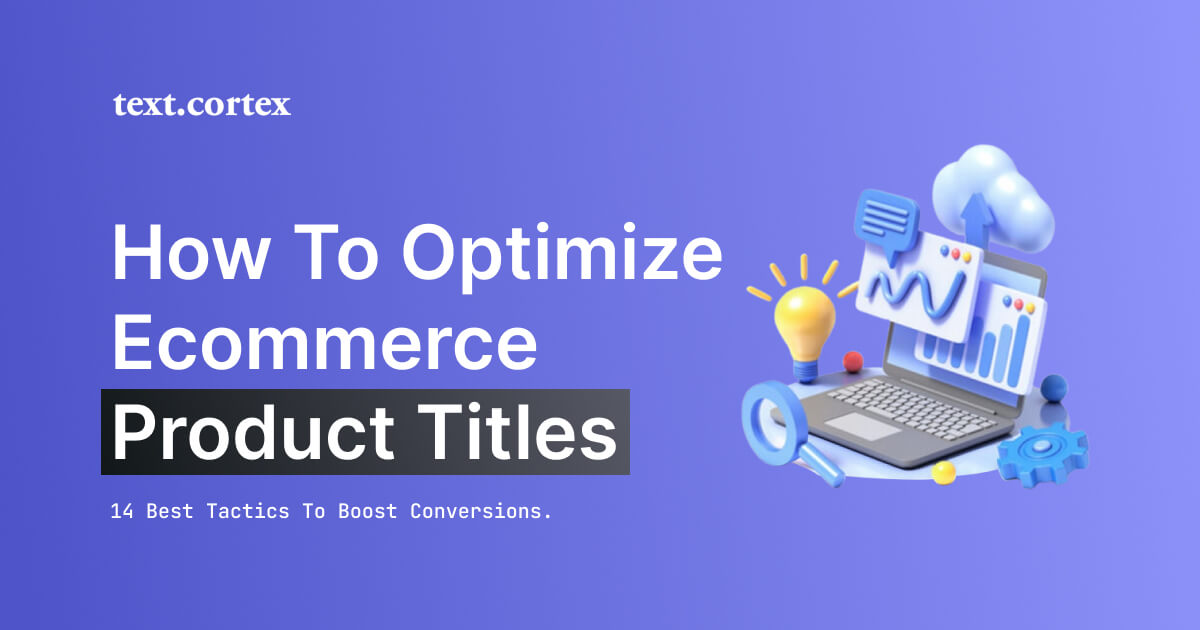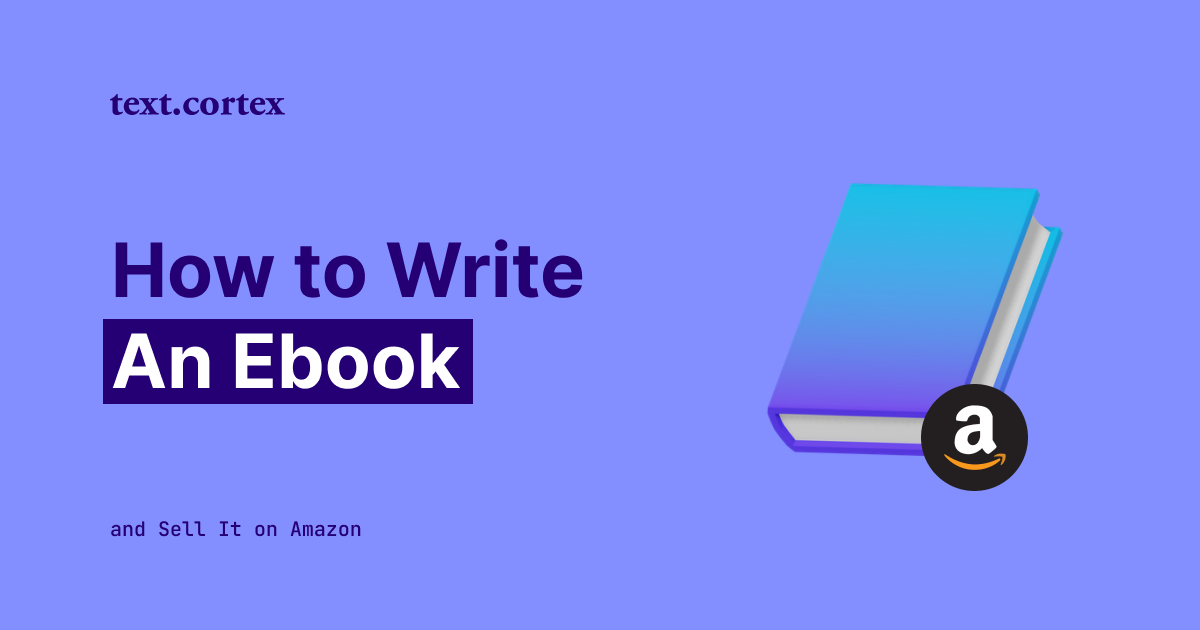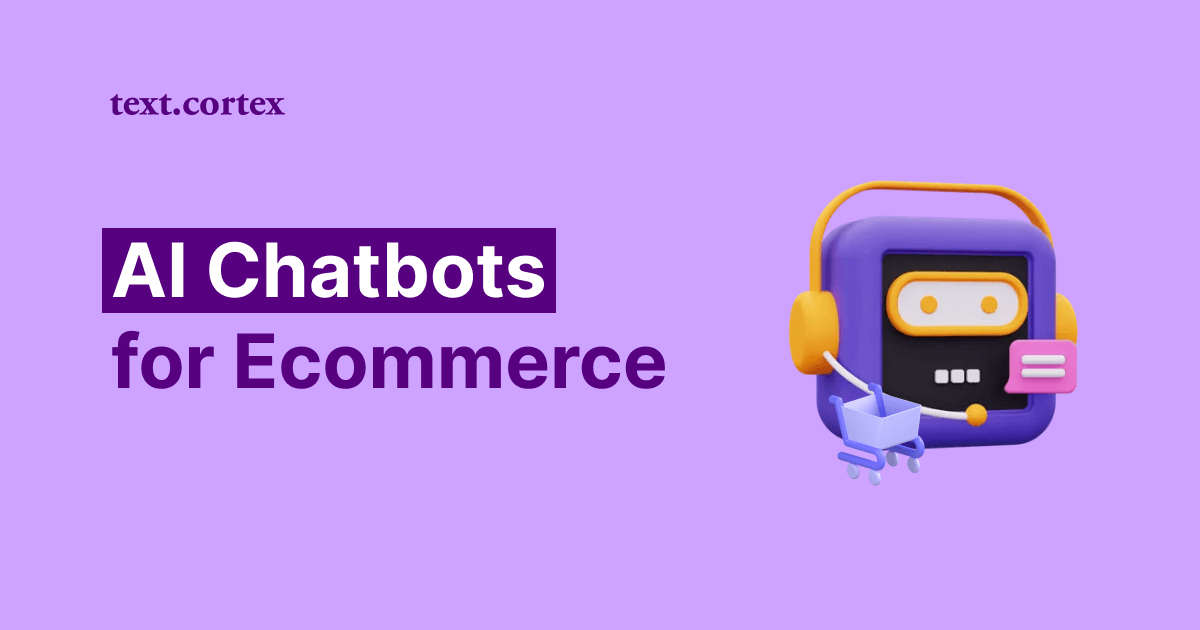Did you know that in 2022 there are 2.14 billion online shoppers, which is approximately 26.90% of the worldwide population?
Considering this statistic, selling the products online should go slick as a whistle, right?
Yet, as an eCommerce owner, you know it usually hardly does.

What if we tell you that businesses have lost $756 billion in the last year because of poor eCommerce personalization?
To evade this same trap that many eCommerce owners fall in, you must provide customers with a compelling user experience and high-quality products that will make them buy.
But how to attract them to these product pages?
Attractive and optimized product titles.
In today's article, you'll learn what product title optimization is and why it is so important. Then, we'll get through the 14 best tactics to help you optimize your product titles and attract more customers to purchase.
So, let's jump straight into it.
Why are product titles so important?
The product title is the first thing a potential buyer sees before he decides to click on your product.
Some theories say that a product title should contain just the product's name and nothing more.
However, this is one of the most common mistakes people make when creating titles for their products.
Why?
Statistics show that 66% of people perform some type of online research before purchasing online.
People search the items on the Web by using terms in so many different ways, for example, "black shirt," "green hat," "Nike air force white," and so on.
So it is not enough just to give your product a name and expect it to sell itself, right?
Many opportunities for searching leave you plenty of space to figure out your targeted customers' group and create a strategy to promote your product to attract them.
Now, as a potential buyer, which of the following criteria will most likely be crucial for you to make that first move towards purchase:
- Visual presentation of the product, or
- A transparent and concise description of the product?
We don't know about you, but many people think descriptiveness is more relevant for the credibility of products.
For example, if the title is messy, most people will not even click to review your item based on the perfect picture.
But, if your product title is optimized well, it is more likely to show as a highly relevant response to the search query.
As a result, clicks on your page will rise, and the increase in your conversions will become a real deal.
Hence, originality and consistency in the quality when promoting your products are two main attributes that you should always aim for to grow your conversions and business.
What is product title optimization?
Product title optimization is the process of adjusting the title of your product to increase its visibility on search results and make them more attractive to perform better on the market.
Recent statistics show that 68% of online experiences begin with a search engine.
This is vital because Google has a significant impact on the overall performance of your website. Hence, one of the reasons more to arrange it in an SEO-friendly manner.
Optimizing your product title for SEO is the safest route to attract more consumers to your product listing.
By optimizing your product name, not only that you help search engines to understand which search query relates to your product, but you are also improving consumers' experience with the product.
This results in more clicks coming down the pipe. The higher the clicking rate on your product, the more potential buyers you will get, whether from SEO or some other marketing channel.
14 Best Practices for Product Title Optimization
Let's go through the top 14 best practices to help you with product title optimization.
1. Product title length
If you want your product to convert, you must make it descriptive.
It’s crucial to provide your potential customers with relevant information that entices them to visit your product.
So, when it comes to the ideal title length, you should keep in mind these things:
- It must convince a user they found what they were looking for
- You need to show Google which keywords are relevant for your product
You don’t want your product to be too long, so it cannot stand in 7 rows.
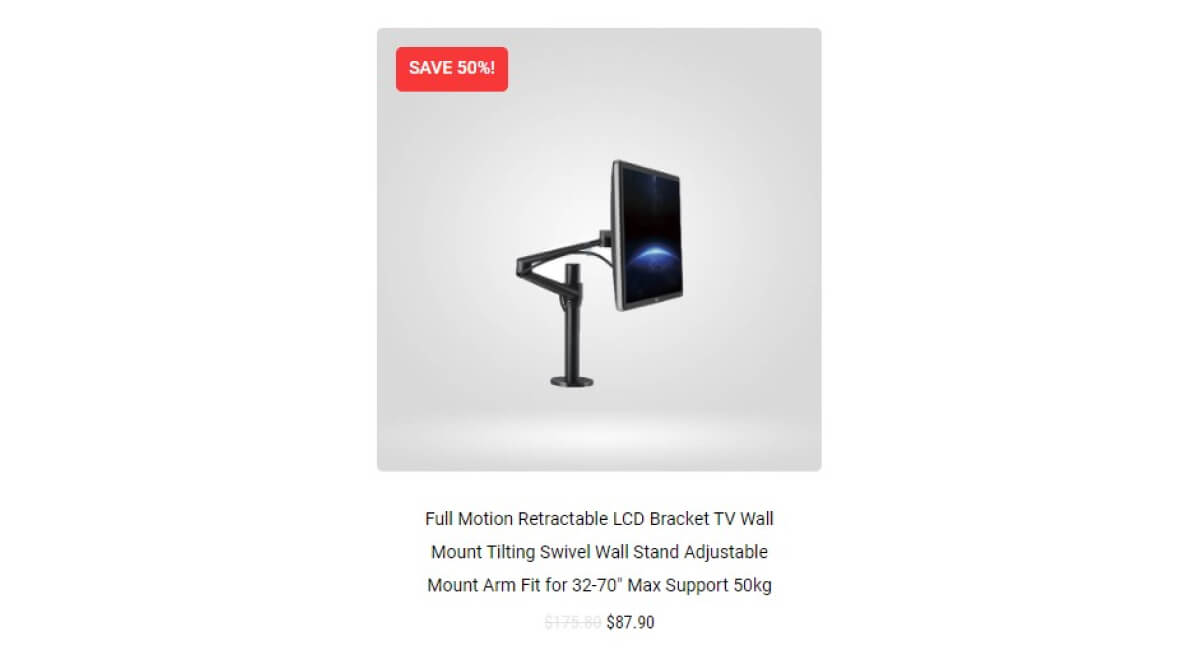
If you want the best possible outcome, keep the title length somewhere between 50-75 characters.
This way, Google will be able to show your full product title in search results, and it won’t look too long and spammy on your shop and product page.
2. Keep it simple and on point
Make sure your product name is related to the product you are promoting. Don't overthink your product names.
This will help you increase the worth of your products and it will add unique value to your customers.
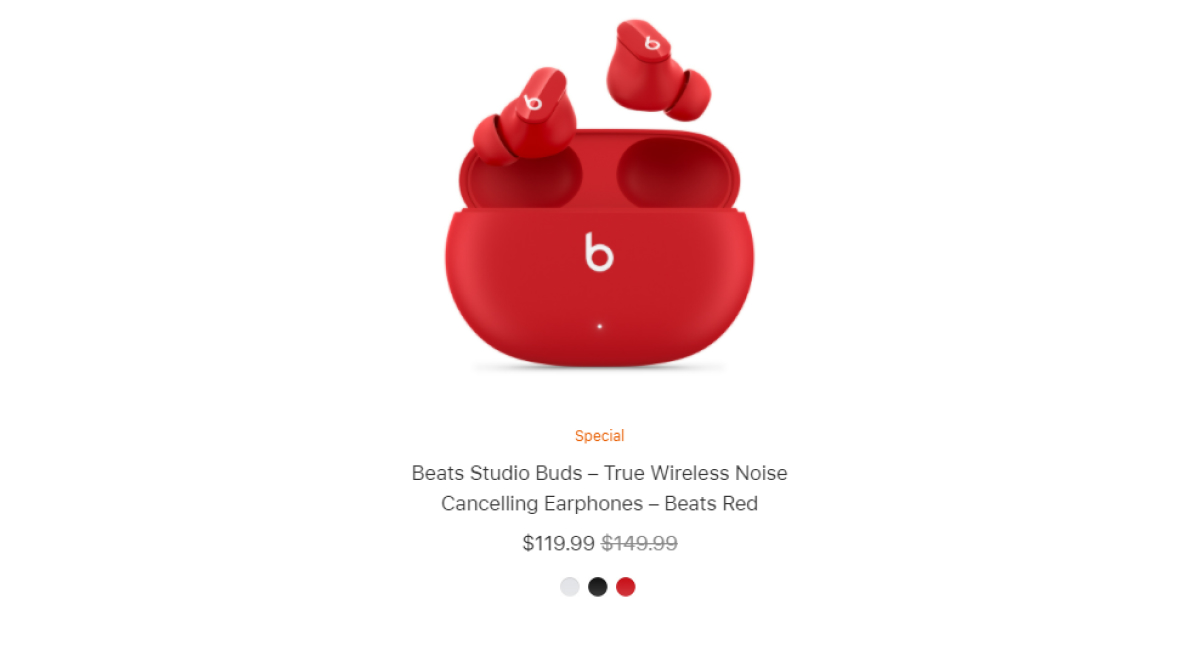
Also, make sure to avoid using fluff words to make them sound more attractive. It will just drive away your potential customers.
3. Add the specific details of each variant to the title
Your consumers should quickly identify the different variations of the same product. The title needs to provide that to them.
If it’s not provided, users will leave your shop for not being able to find the proper product for themselves.
For instance, if you are selling dresses in multiple different variations, you should include pieces of information about size, color, and age group in your product titles.
Here’s a good example for that:
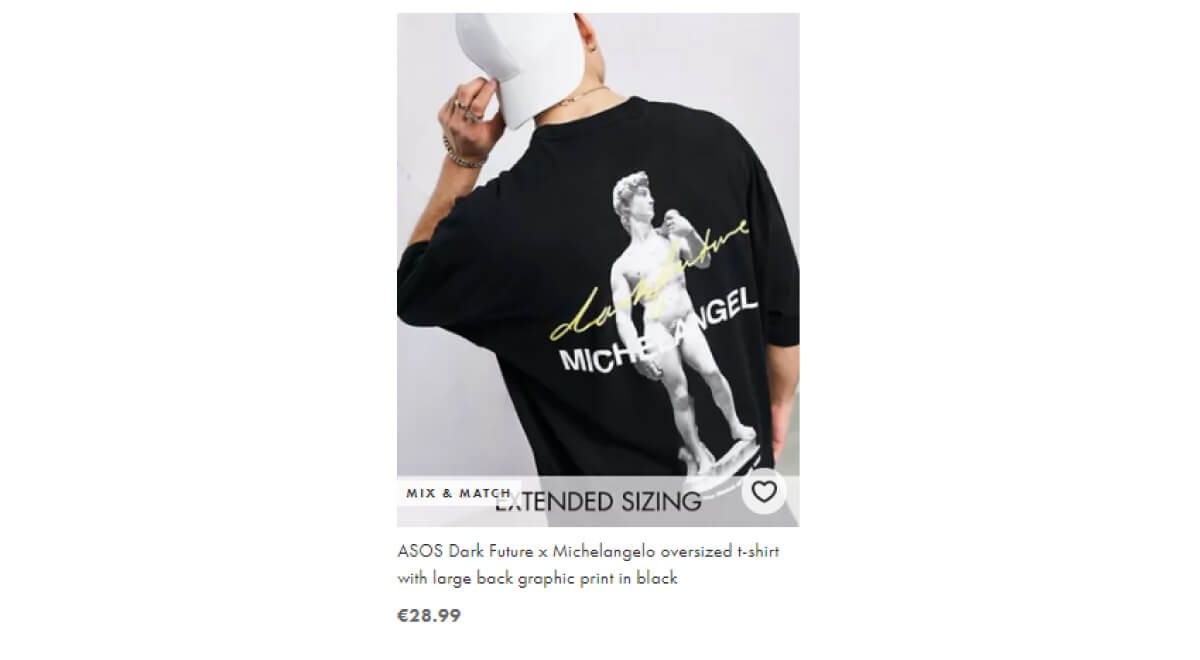
4. Keep your grammar in check
People frequently make a lot of grammar and spelling mistakes, and as a result, their product titles and pages look unprofessional.
Some studies show that around 59% of consumers would not buy from an online store with bad spelling and grammar.
So, keep your grammar always in line. Before publishing your product, always double-check the language, grammar, spelling, punctuation, and sentence structure.
5. Don't include promotional text
You should not have any content similar to "buy one, get other 50% off" in your product title because it makes your potential customer massively drive away.
A place for this kind of information is in the ads’ CTA and can be part of the product description, but no title.
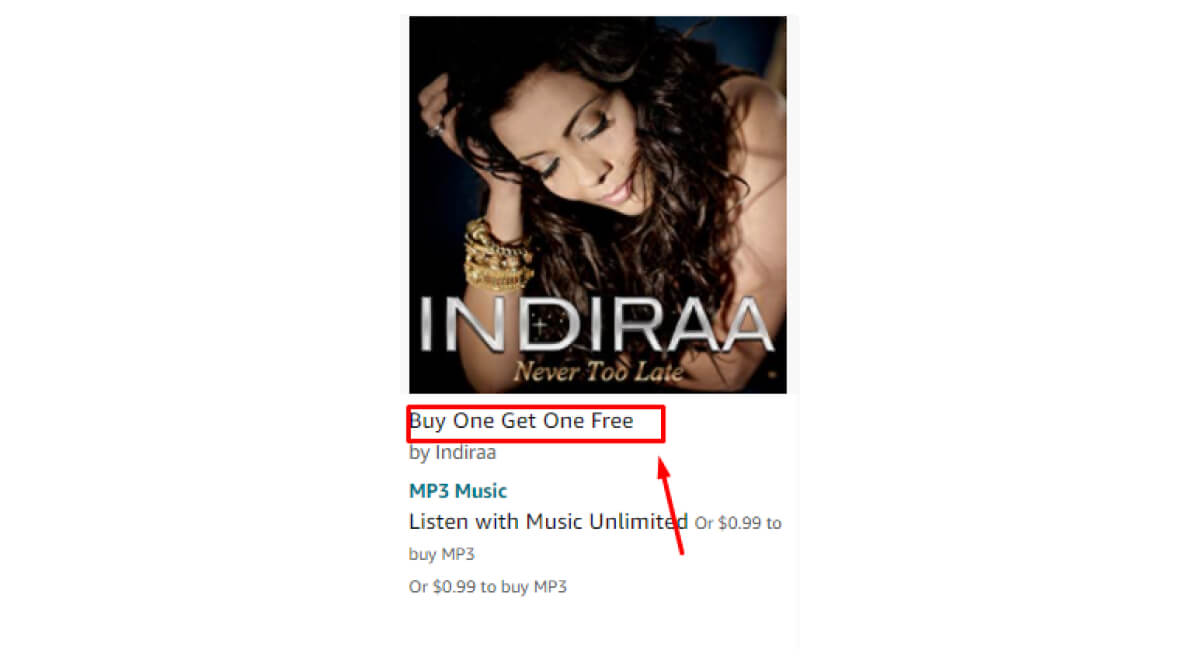
Instead, you should include information such as sale price, shipping, delivery, date, etc., along with other product attributes.
6. Capitalize the first letter of your words
Don't capitalize on all letters unless it is related to the acronyms, phone numbers, countries, and currencies because they might be considered spam.
Google might flag your product as nontrustworthy, negatively affecting your performance.
Nevertheless, capitalization on your words' first letters is encouraged as a good practice that many successful store owners use.
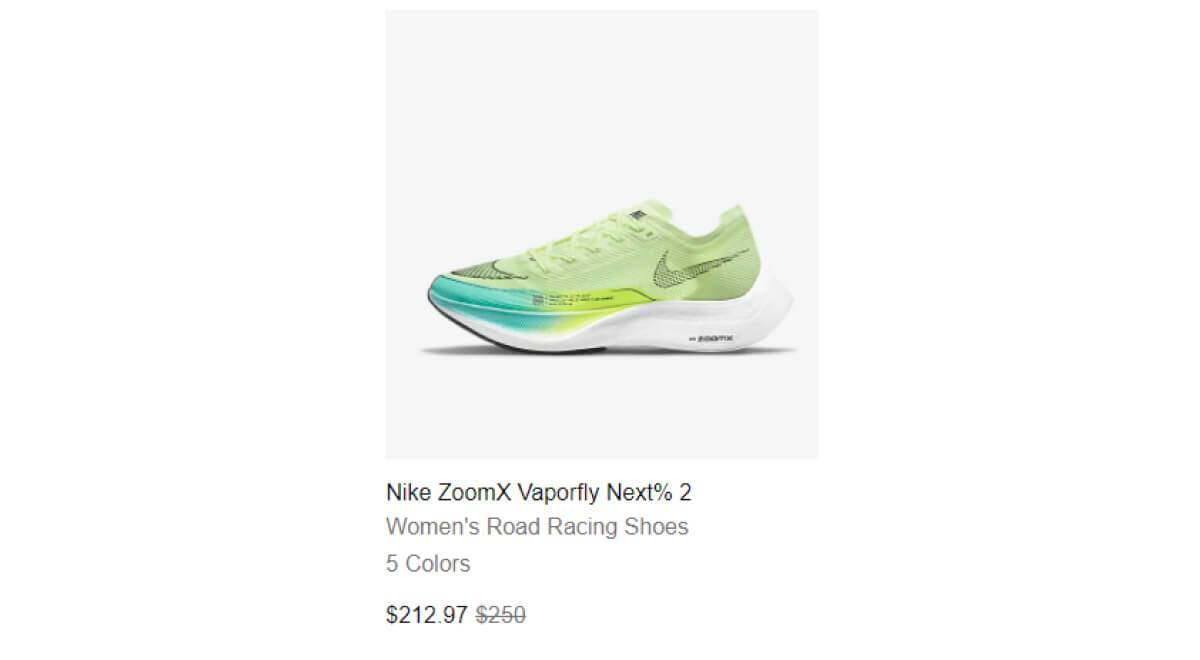
7. Most important information comes first.
Sometimes, product titles get cut-off, depending on whether your searchers are browsing on a desktop or mobile phone, or depending on the number of characters your shop page shows.
The product title structure is important as the information it contains, and you need to help Google understand what your product is so it can display it in the search results.
Google uses algorithms to predict which search query specified keywords will be the most logical answer.
That’s why keywords in the product title define the path and performance of your product in Google search queries.
For a better consumer experience and better SEO ranking, it is always safe to put your most involving product title information and target keywords at the beginning, such as in the example below:
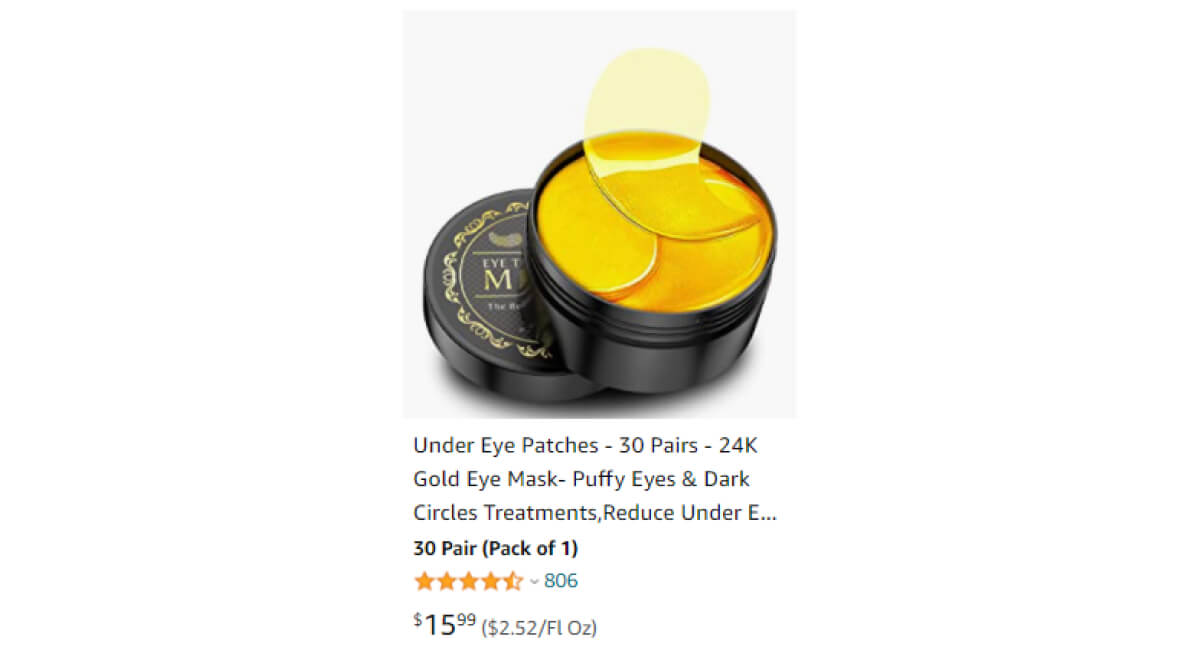
Here are some useful product title structures that you can use as templates for creating product titles:
Brand + Product Type + Color + Material
Brand + Material + Product Type + Color
Product Type + Size + Color + Feature + Brand
Style + Color + Product Type + Brand
Product Type + Size + Color + Brand
8. Use product descriptors.
Searchers often identify desired products by adding descriptors like "red", "short", "waterproof", "skinny" for more specific search criteria.
If it applies to your product, you should strive to be as descriptive as possible.
Include products’ color, size, materials, features, or any other specifics that you point out in your title.
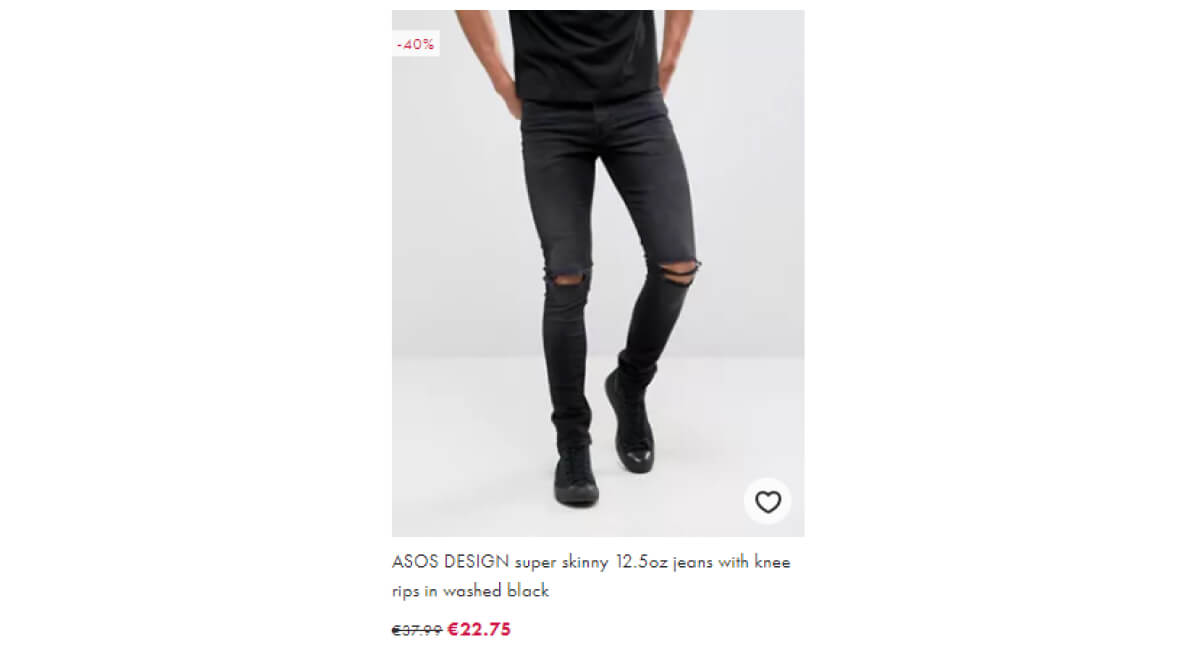
It will help you make your potential buyers one step closer to buying.
9. Use symbols.
Structuring the product title gives a better review of points you want to stand out for your product.
Do not use just characters. Instead, let the dashes, pipes, and commas make your titles easier to read.
The more your title is easier to read > the better user experience > more sales.
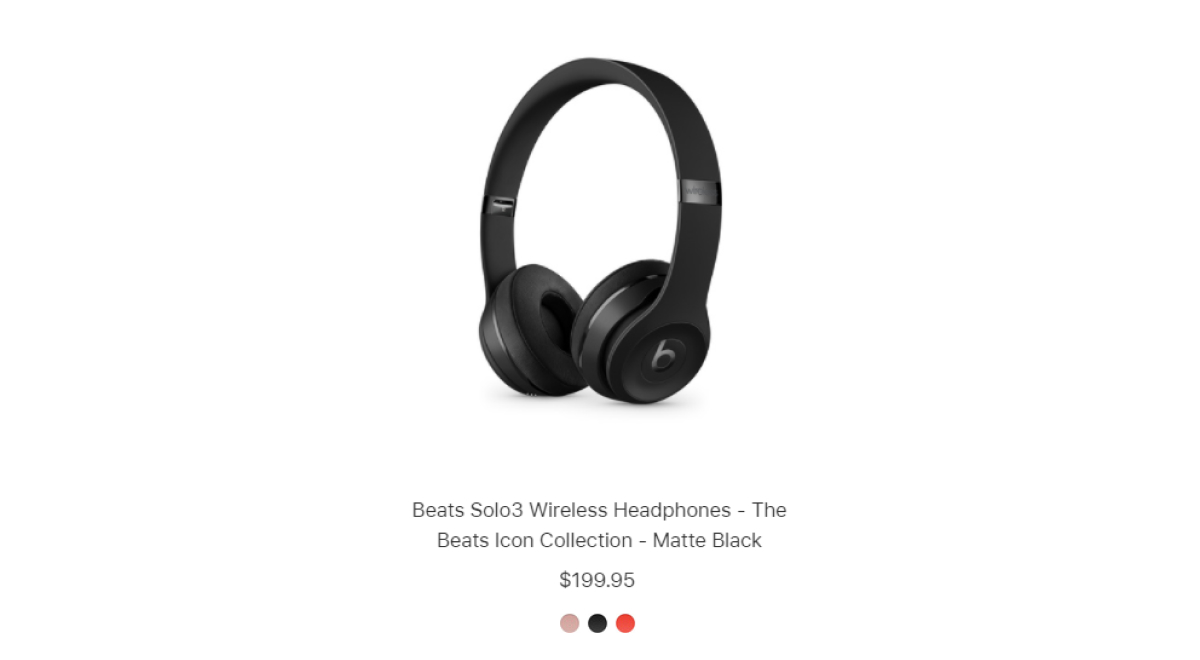
11. Add your brand name.
Many users love to identify themselves with a brand they are consuming. This is a first-class flight to a loyalty station.
By default, adding your brand name in the product title is your master keyword.
Make sure not to forget it in your product titles.
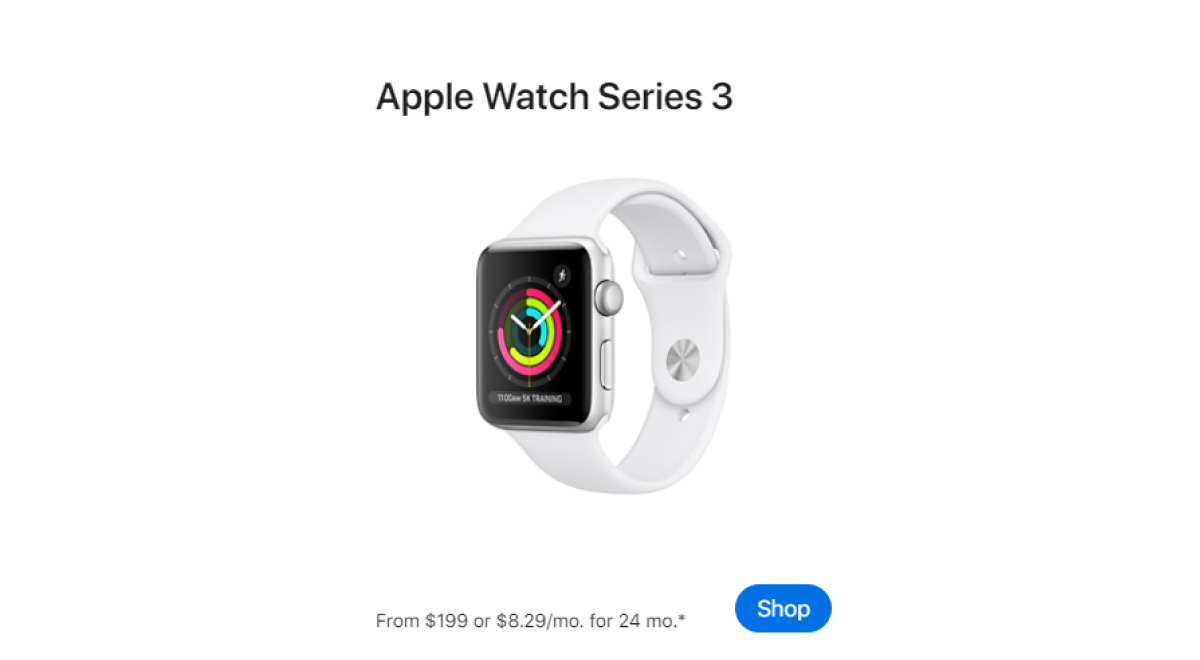
12. Track your performances on Google.
It is always a good practice to keep track of the Google performance statistics of your product titles.
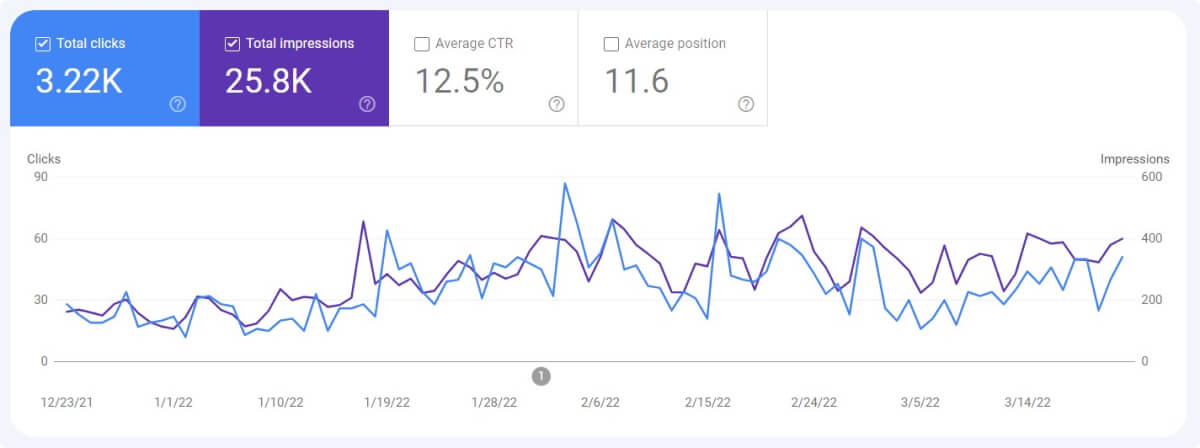
However, if some products are not looking good on stats, check what is missing for Google to include your title to specified query and adjust accordingly.
Include the missing keywords or have a low number of clicks for better optimizing your product title and product page in general.
13. Research your competitors.
Learn from your competitors how to improve your product title or keywords and prevent possible flaws.
You can simply do that if you observe their activities through the buyer's eyes.
- Observe the user's experience with your competitor's products - What are they offering? What are the things you notice in the first few seconds of searching through their product listings?
- Investigate your competitor's keywords strategy on product titles and compare it to yours - Can you easily understand the product titles? Are you able to quickly find what you are looking for?
- Follow their activities on social media - How often are they posting Ads? How are they engaging with consumers?
- Check their reviews - What do the consumers say about your competitor's products? What is the satisfaction rate?
You can always learn from competitors and make your eCommerce store looks better and performs better, just watch carefully.
14. Use Product Title Optimization Tools
Sometimes it can be so hard and tiring to create titles for hundreds of products.
Product title generators based on AI, are frequently used in the marketing industry to help eCommerce owners to produce content at scale.
The automatization process of the AI tool allows you to write your Ads and product descriptions up to 10x faster.
With appropriate keywords and clear instructions, it can help you generate dozens of product titles and descriptions within a single click. And a strawberry on the cake is that it will keep the quality of content output intact.
Here’s how these tools produce content, from a practical point of view:
If we compare these possible outcomes that you can get using AI tools with the examples provided as best practices, there is no difference in the product title's quality, form, or style.
To Sum
Product title optimization is one of the essential steps in the shopper's conversion process. It provides solid ground for you to win the product search and activate the vortex of new potential buyers.
It would be best to remember that product titles matter most to your consumers because it is your visit card.
It reflects your business image, and as such, it serves your consumers to recognize the difference between yours and some other product instantly.
Well-optimized product titles will attract your targeted audience, but unfortunately, it's not enough just to have product titles without product descriptions to sell.
Product description optimization is in charge of that.
The product description has a crucial role in convincing the buyer that the product you are selling is precisely what he is searching for and nailing down your sale.
Both product title and description are equally important, and as separate actions, they lead to the desired reaction.
As mentioned earlier, originality and consistency in the quality of products are two main attributes that can be extremely hard to maintain unless you have the right solutions to support that strategy course.
Did you know that you can use your product description as an inspiration for leading keywords to create the most accurate product title?
Here’s how to do it with the TextCortex Product description generator.
All you need to do is navigate to the Creator Suite section and enter the Product Descriptions With Features.
Fill in the details about the product, and then hit the “Create” button.
The AI tools can be significant assets when optimizing your products to score high at your sales.
Supporting your race with the market requires much work and research, not to mention a full cup of creativity on daily bases, which AI tools can help you with.
So, suppose you are running your eCommerce shop on Shopify, Amazon Seller Central, WooCommerce, etc.
In that case, TextCortex might be just the perfect solution for you to speed up the product optimization process and successfully convert searchers into loyal consumers.
Create your free account today and never miss a sales opportunity again.

